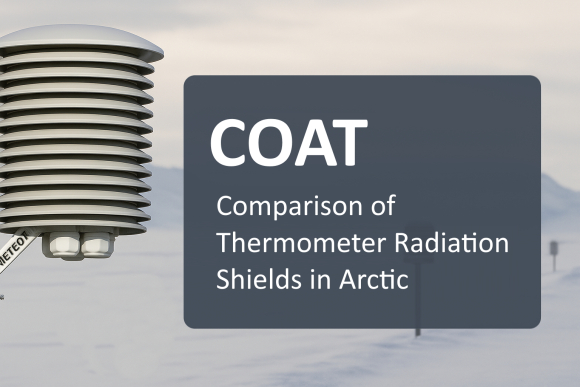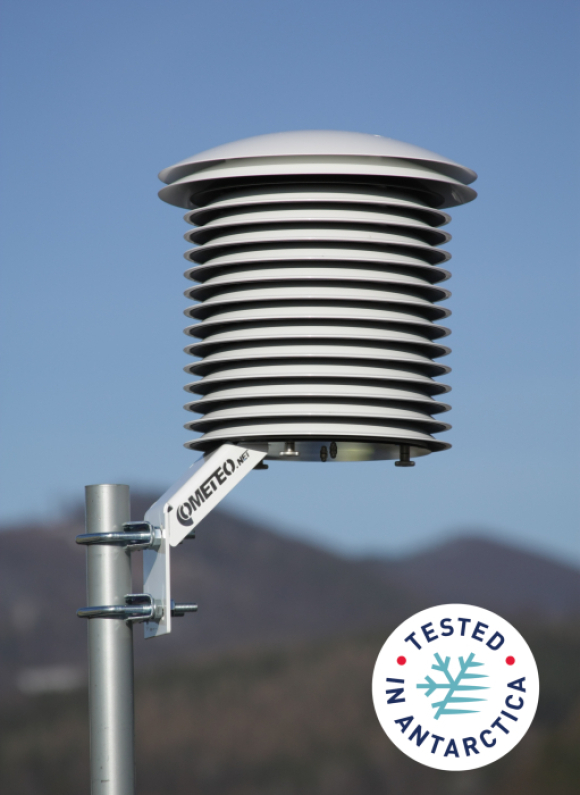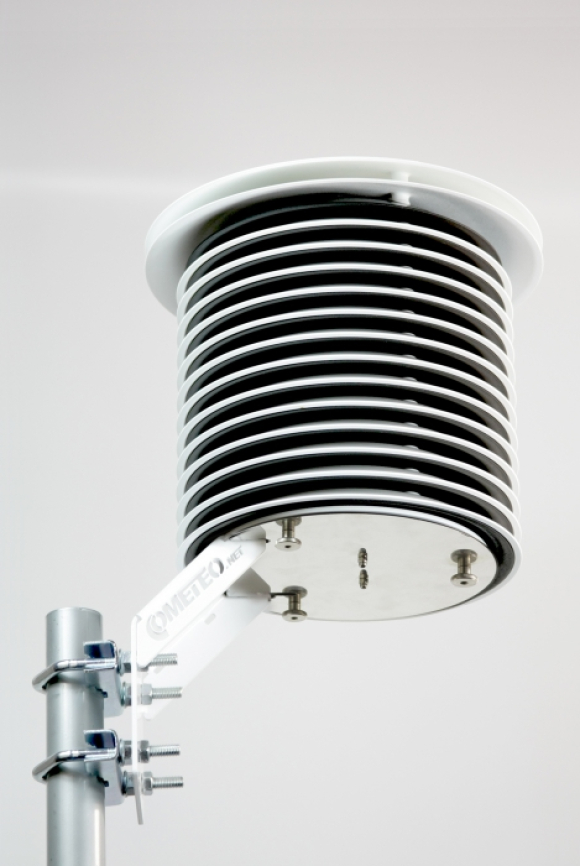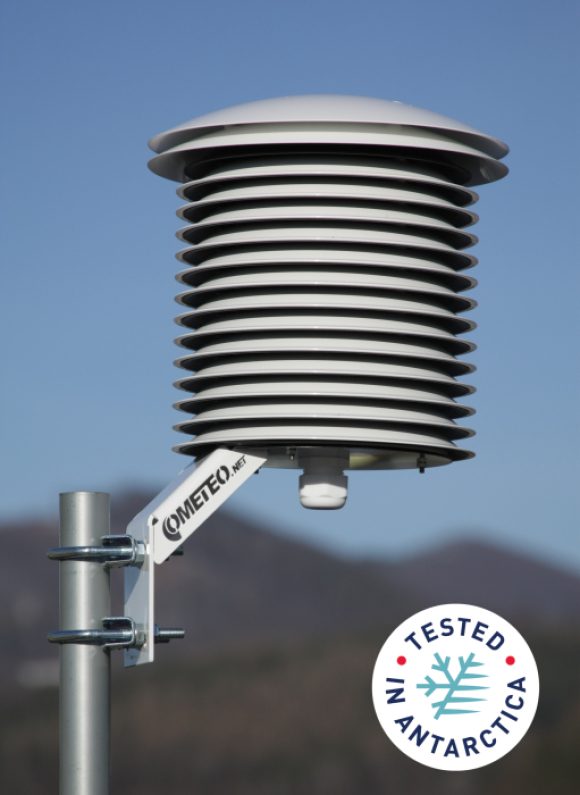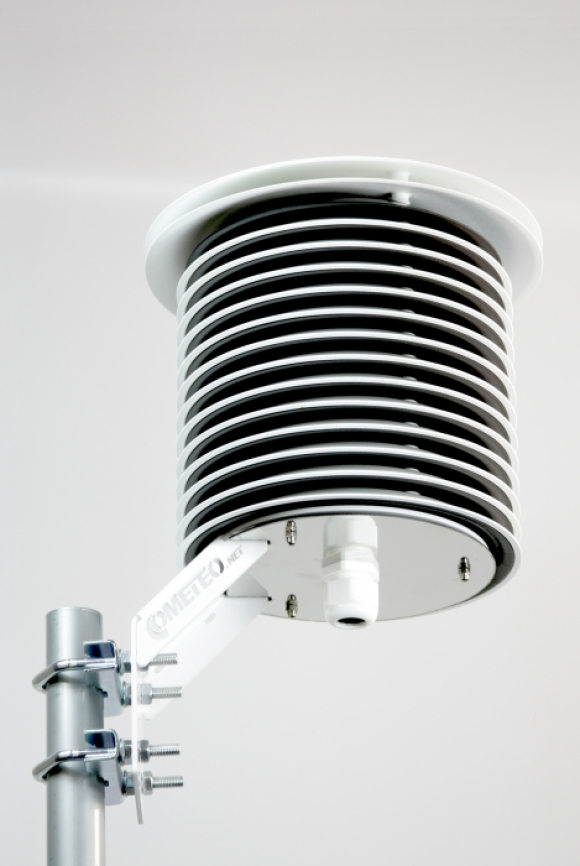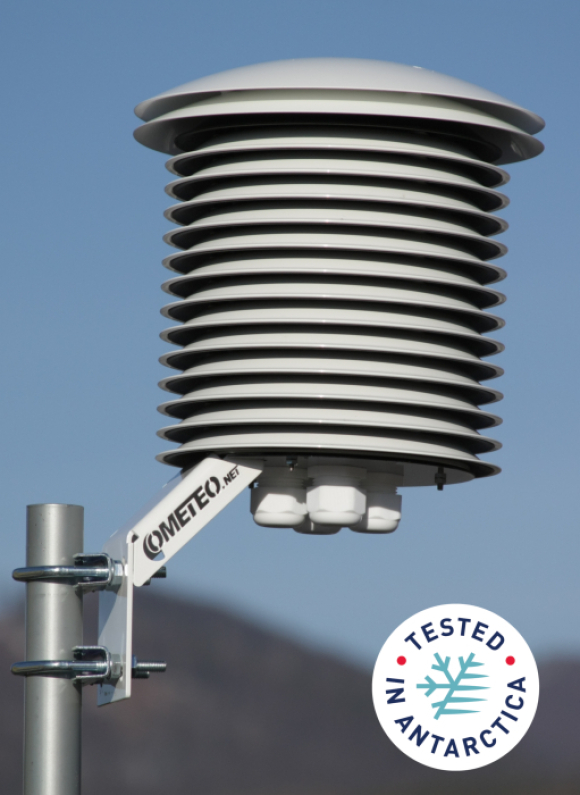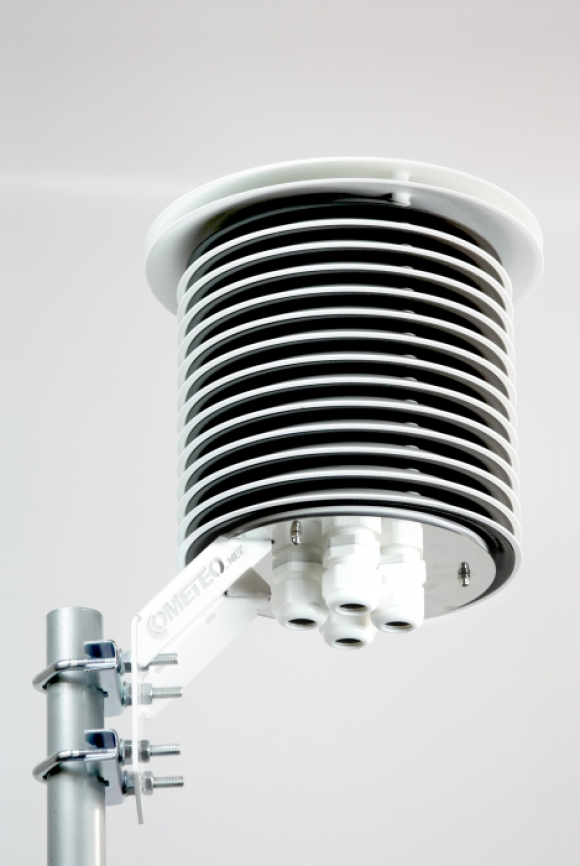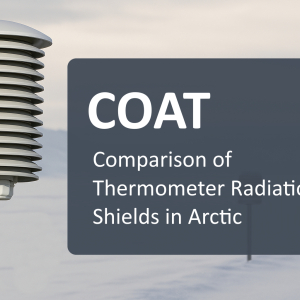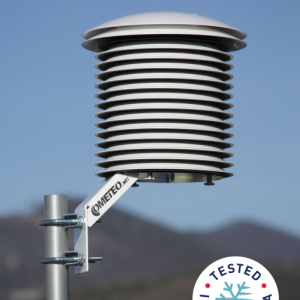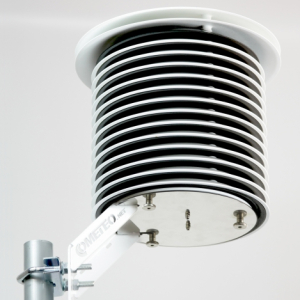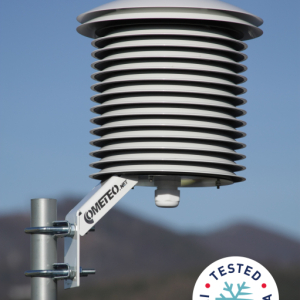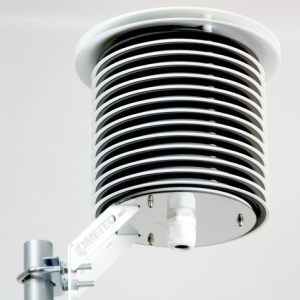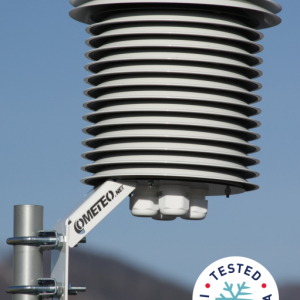COAT: Independent Comparison of Radiation Shields in Extreme Arctic Conditions
16-04-2025
COAT: Independent Comparison of Radiation Shields in Extreme Arctic Conditions
In the harsh environment of the Arctic, a groundbreaking scientific experiment was launched—the COAT project—focused on the intercomparison of various models of thermometer radiation shields. Over a 14-month campaign at the Ny-Ålesund research station (Svalbard), dozens of sensors were continuously monitored to assess how solar radiation, wind, and snow cover affect the accuracy of air temperature measurements. Backed by the European EMPIR program and supported by the World Meteorological Organization (WMO), the COAT project delivers essential data to enhance the global comparability of temperature readings—one of the cornerstones of climate research.
COAT represents a significant step forward in environmental metrology. By testing ten types of radiation shields under authentic Arctic conditions, the project provides validated insights for the global meteorological and climate science communities. These findings support the standardization of air temperature measurements in extreme environments and help ensure the credibility of climate data.
COMET SYSTEM, s.r.o. participated in the project with two identical COMETEO F8004 radiation shields. Our participation was a success—the COMETEO shields were selected as the reference for the entire experiment.
According to the official project documentation, the best-performing radiation shield—offering the highest reliability and accuracy in measuring air temperature under Arctic conditions—was COMETEO F8004 installed at pole 1. Several key findings in the report support this conclusion:
Why the Shield COMETEO F8004 at Pole 1 Was Chosen as the Reference
- Selection as Reference Shield
The shield at pole 1 was officially designated as the reference for the intercomparison, underscoring its superior performance. The selection was based on criteria such as data availability, redundancy, and the reliability of the measurements from the two integrated thermometers . - Low Measurement Dispersion
Figures 11 and 12 of the study show minimal differences between this shield and others in daily maximum and minimum temperatures, with pole 1 demonstrating the lowest dispersion. This reflects consistent and reliable measurement behavior . - Thermal Homogeneity
The shield at pole 1 exhibited outstanding thermal homogeneity, evidenced by the very small differences between the two internal Pt-100 sensors. This uniformity inside the shield contributes directly to its measurement accuracy . - Performance Under Varying Conditions
Regardless of fluctuating environmental conditions—such as changes in solar irradiance and wind speed—the shield at pole 1 consistently delivered stable readings. This adaptability reinforces its suitability as a reliable reference . - Effective Natural Ventilation
Despite lacking active ventilation, the shield at pole 1 outperformed some actively ventilated models. Its design effectively mitigated the impact of solar radiation and wind, proving that natural ventilation can be sufficient even in demanding polar conditions .
Summary of Key Strengths
- Reference Shield Status: Officially selected as the experiment’s reference shield.
- Measurement Consistency: Exhibited exceptionally low dispersion in temperature data.
- Thermal Homogeneity: Delivered uniform readings across redundant sensors.
- Environmental Adaptability: Maintained performance across a range of Arctic conditions.
- Efficient Natural Ventilation: Proved effective even without active airflow mechanisms.
Download the complete report "COAT Project: Intercomparison of Thermometer Radiation Shields in the Arctic" HERE












